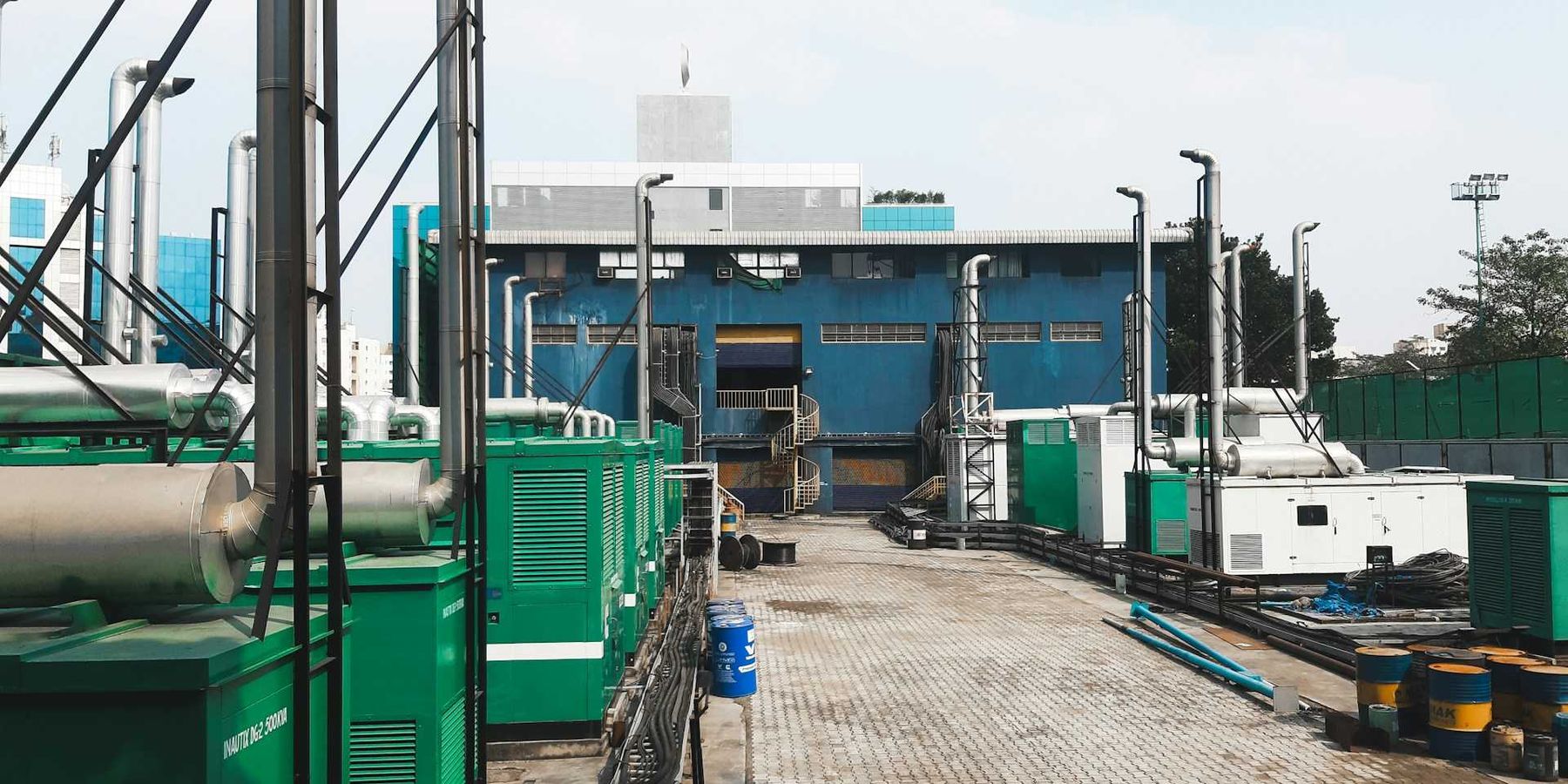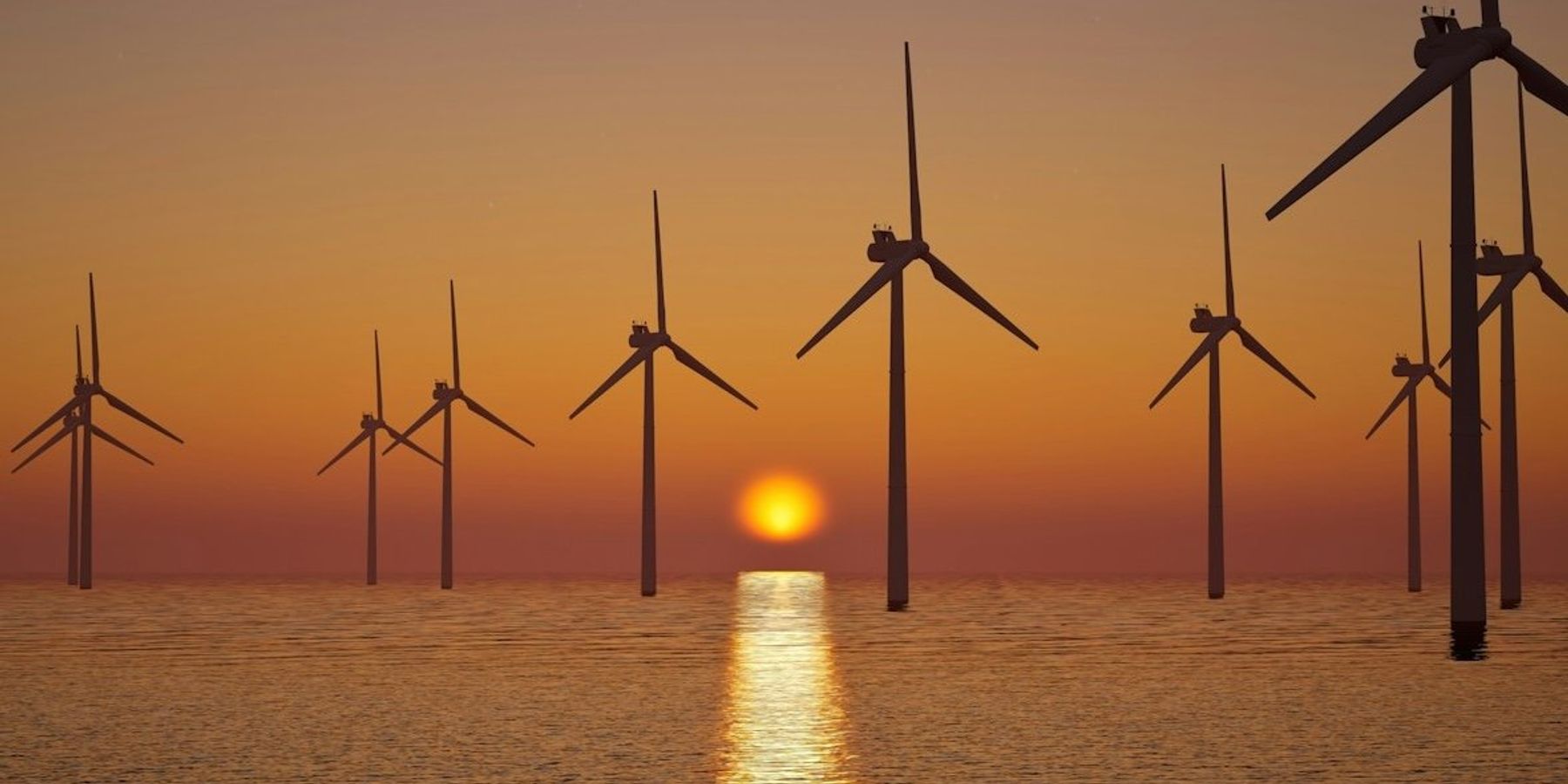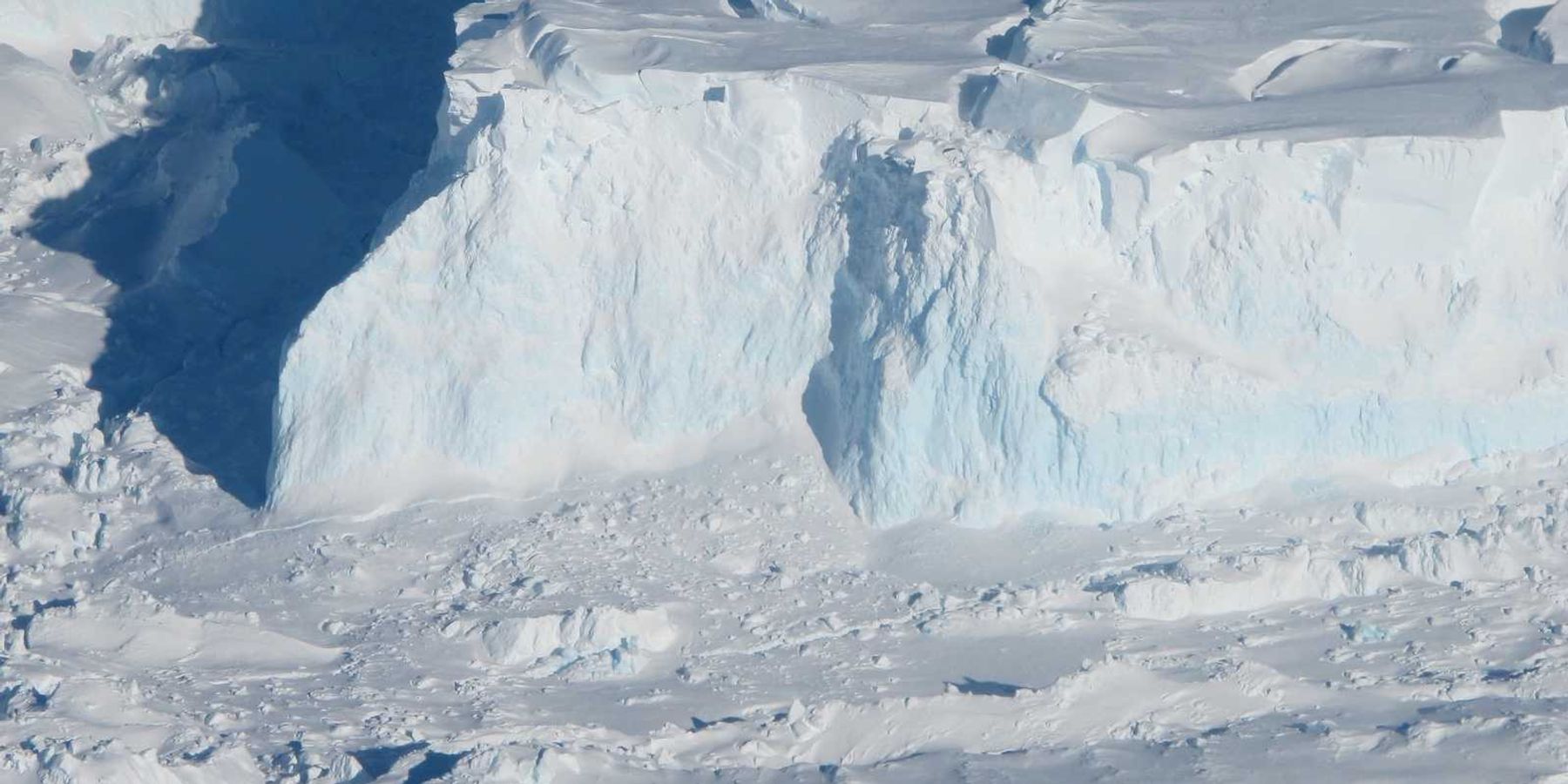Oyster farms face growing threat from ocean acidification in the Pacific Northwest
As ocean acidification accelerates off the West Coast, scientists and shellfish farmers warn that the future of the $270 million oyster industry in Washington State may hang in the balance.
Jim Robbins reports for The New York Times.
In short:
- Pacific Northwest hatcheries began experiencing mass die-offs of oyster larvae nearly two decades ago, later linked to ocean acidification driven by rising carbon dioxide levels and upwelling of carbon-rich waters.
- Federal research cuts proposed by the Trump administration could jeopardize monitoring systems and experiments designed to adapt to worsening acidification, such as breeding resilient oyster strains and testing ocean alkalinity enhancement.
- Marine ecosystems face wider impacts beyond oysters, with acidification weakening mussel and crab shells, disrupting food chains, and degrading habitat essential for biodiversity and shoreline protection.
Key quote:
“The concern in the years ahead is that the ocean chemistry conditions are going to get worse and affect the animals on our farms in the ocean where we don’t have the ability to treat the water like we do in the hatchery.”
— Bill Dewey, spokesman for Taylor Shellfish Farms
Why this matters:
Oyster farms are early victims of a rapidly acidifying ocean, but the damage doesn’t end there. Ocean acidification, driven by carbon emissions, changes the chemistry of seawater, stripping it of the minerals that marine life — from oysters to tiny plankton — need to build shells. This weakens marine food webs, impacting fish, birds, and humans who depend on healthy fisheries. The Pacific Northwest, where cold, carbon-rich waters naturally surface, is especially vulnerable. As acidity rises, it not only threatens economic lifelines like the shellfish industry, but also undermines entire ecosystems that buffer coastlines, filter water, and store carbon. Without reliable monitoring and regulation, experimental solutions risk backfiring in unpredictable ways, leaving both nature and livelihoods exposed.
Related: Oysters could help protect coastlines against storms and sea-level rise













